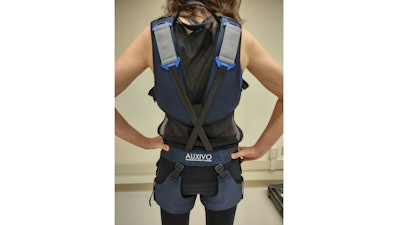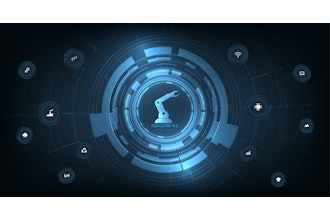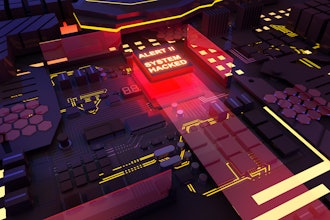
Oh my aching back.
It’s a common complaint, and one that health officials say causes more disability around the world than any other condition.
A new device, however, the exosuit, shows promise in assisting with back and shoulder injury prevention. Still, not one of the devices manufactured to date is “just right” says Vesna Novak, PhD, an electrical engineering and computer science professor at the University of Cincinnati.
Novak’s research team studies exosuits, a wearable mobile machine that allows for limb movement with increased strength and endurance.
“Nothing has been perfected so we are trying to figure out what works and what doesn’t so we can zero in,” Novak says of the team’s latest research published in the journal Applied Ergonomics. The demand for exosuits is highest among industries where employees do a lot of heavy, repetitive lifting such as in warehouse work, construction work and the airline industry. Exosuits are a less expensive, less cumbersome version of an exoskeleton, which is primarily used in the medical field.
“Back support exosuits can support workers in physically demanding jobs by reducing muscle load, which could reduce risk of work-related musculoskeletal disorders,” she says.
For this study, funded by the National Science Foundation, Novak says they looked at the commercially available Auxivo LiftSuit 1.1 and found both pros and cons.
“Its main weakness is that it's kind of rigid and uncomfortable, so it's good for short-term but not medium-term wear,” says the study’s lead author Maja Gorsic, a postdoctoral researcher under Novak’s tutelage.
Although study participants found the tasks mildly to moderately easier to perform with the exosuit than without it, “the LiftSuit does not appear to be flexible enough: as it is very stiff around the low back and hips, squatting motions are uncomfortable for wearers,” says Gorsic.
Thus, Novak says, wearers are more likely to lift with their back, leaning their hips back into the exosuit which defeats the purpose. The team compared/contrasted this device with their prior study of the HeroWear Apex suit, which did not appear to have these same issues, but was lacking in other areas.
“Both of the suits had limitations and the Auxivo LiftSuit manufacturer is already making an improved suit based on our feedback,” says Novak.
Calling on academic researchers to do the heavy lifting where exosuit testing is concerned is common practice, says Novak.
 The Auxivo Liftsuit 1.1.Novak
The Auxivo Liftsuit 1.1.Novak






















